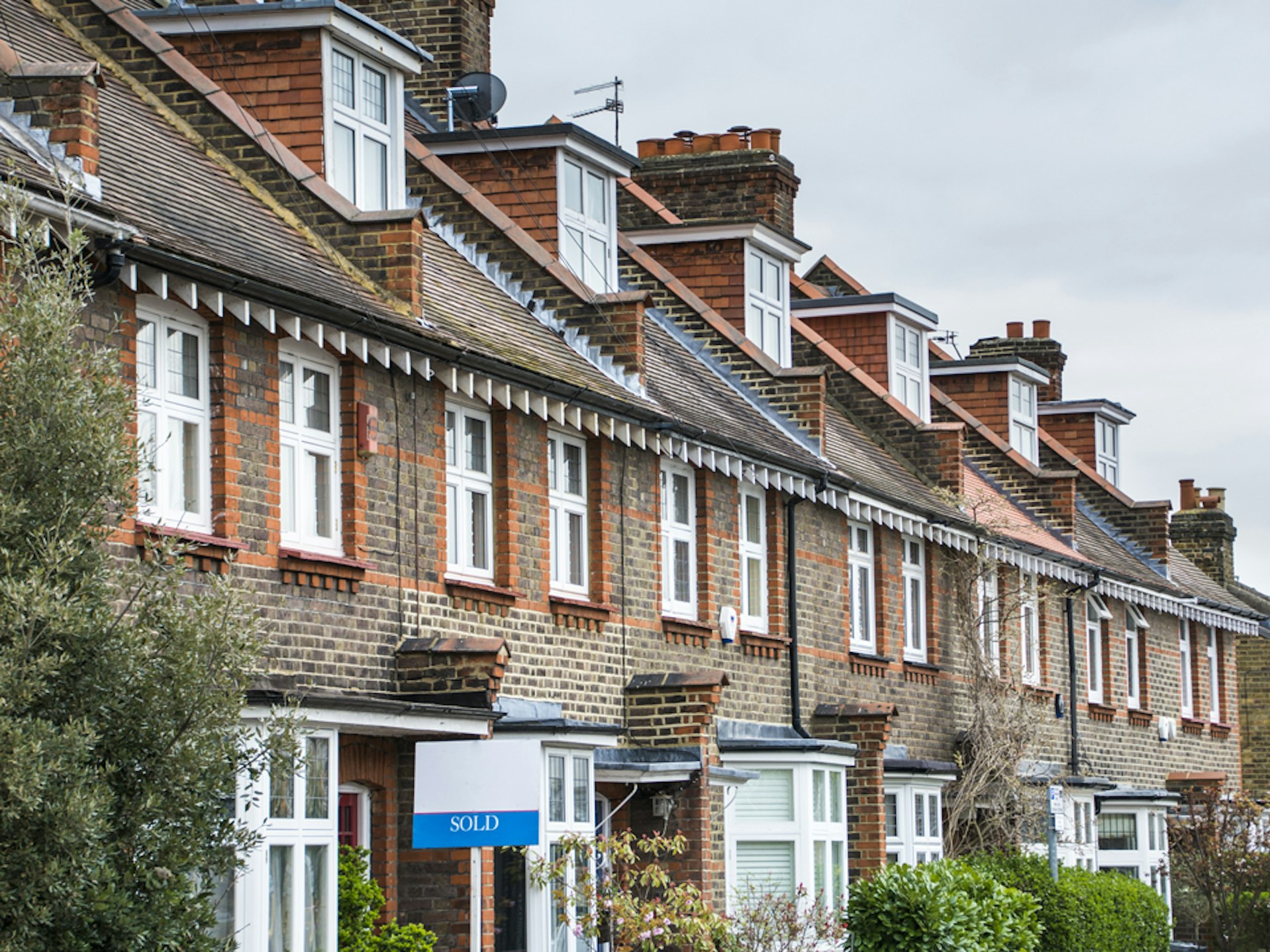
Landlord insurance
Award-winning landlord insurance from the experts. Purchase online or over the phone.
- Price beater guarantee
- Add rent guarantee insurance
- Add additional covers



Property owners brochure
Types of landlord insurance

Landlord Building Insurance
Landlord building insurance is a vital cover for your rental property we can search the market, compare quotes, and arrange your insurance so you get the best cover available.

Rent Guarantee Insurance
Provides insurance for non payment of rent in the event of a tenant defaulting as well as any landlord legal expenses cover of up to £100,000.

Landlord Legal Expenses Insurance
Provides cover for your rental property, including repossession of the property and other legal disputes.

Multi Property Landlord Insurance
Multi-Property landlord insurance for your residential and/or commercial property portfolio.

Block of Flats Insurance
A comprehensive flat insurance policy tailored to your requirements will give you peace of mind, talk to one of our specialists today or get a quote online

Landlord Liability Insurance
Landlord liability insurance keeps your tenants, or anyone employed to work on your property, safe.

HMO Insurance
Comprehensive insurance for Houses of Multiple Occupations (HMOs)

Landlord Home Emergency Cover
Home emergency cover for your own or rental property in the event of a domestic emergency e.g. boiler breakdown, failure in utilities etc.
Further products
Alan Boswell Group also offers a comprehensive range of advice, policies, and services beneficial to landlords and property owners:
Private and commercial landlords

Buy-to-Let Insurance
Flexible buy-to-let insurance from a market-leading broker. Compare quotes for your buildings, contents, and liability insurance.

Commercial Landlord Insurance
Commercial buildings insurance for landlords from a market-leading broker. We'll search the market and compare quotes so you can choose the best insurance.

Tenant Referencing
Referencing of tenant(s) employment history, tenant history, identity and credit history and affordability.

Unoccupied Property Insurance
Secure peace of mind with our comprehensive unoccupied property insurance, providing reliable cover to safeguard your investment and protect against unforeseen risks.
Holiday rentals

Holiday Home Insurance
Safeguard your UK holiday home with our tailored insurance cover, providing peace of mind and protection for your property.

Airbnb Insurance
Airbnb insurance protects you as an Airbnb host should one of your paying guests cause any accidental damage to your treasured rental home.

Serviced Accommodation Insurance
Essential insurance with competitive premiums for landlords and property owners that run serviced accommodation properties.

Our NIG landlord insurance policy is a Which? Best Buy
Meet the team

Karl Hayward
Business Account Manager

Steve Cox
Senior Business Account Manager

Daisy Jordan
Insurance Adviser
See how we can help
Whether you need a quote, have a general enquiry, want to register a claim, or talk it through over the phone, we're here to help.









